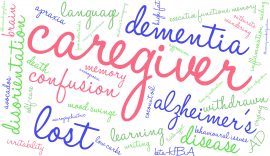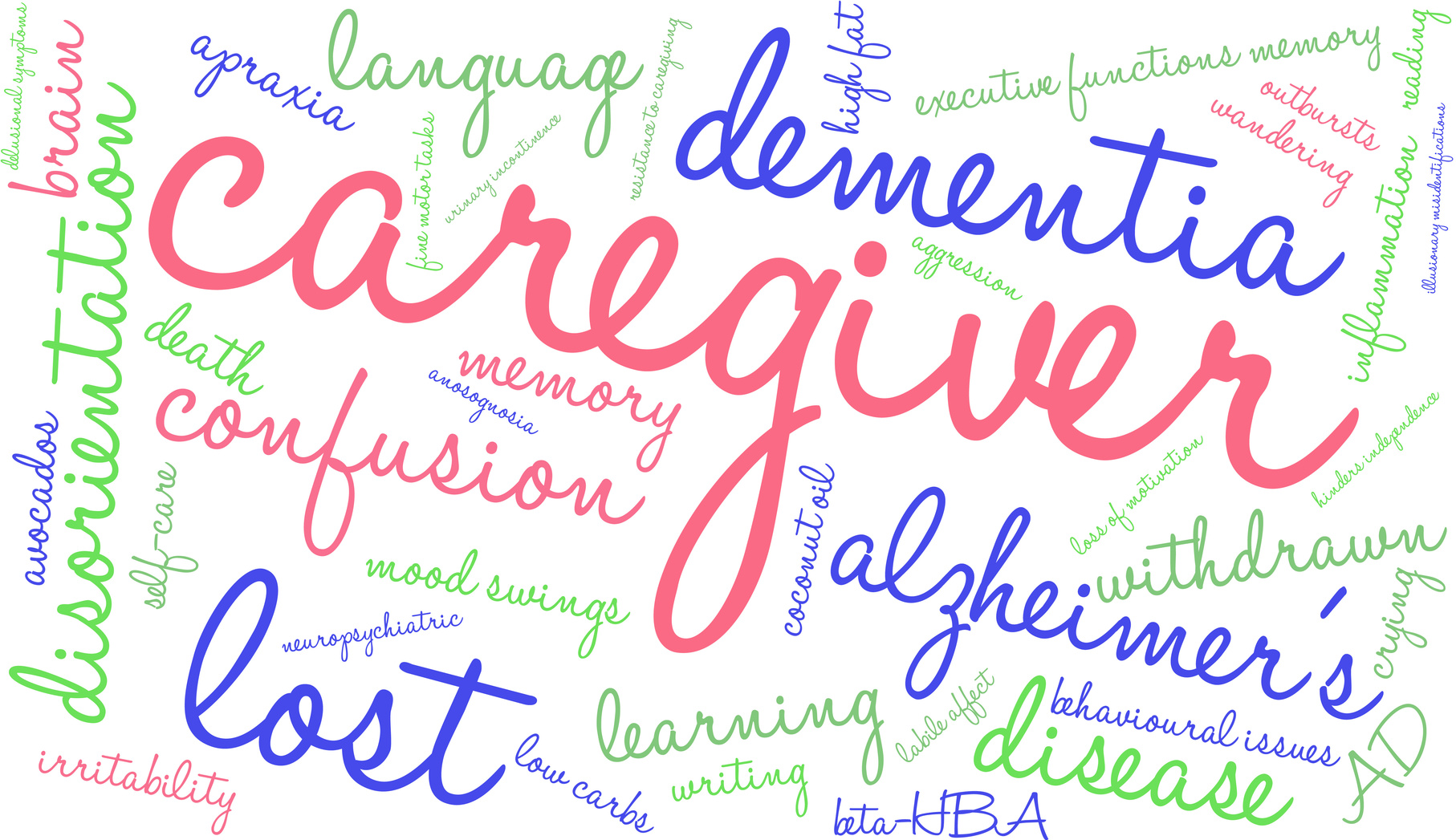 As healthcare professionals, we often discuss dementia in the context of various stages, that is, how far a person’s dementia has progressed. Sometimes, we’ll define a person’s stage simply as early-stage, middle-stage or late-stage; however, to be more exact, we use the Global Deterioration Scale (GDS), which assigns seven different dementia stages based on the degree of cognitive decline.
As healthcare professionals, we often discuss dementia in the context of various stages, that is, how far a person’s dementia has progressed. Sometimes, we’ll define a person’s stage simply as early-stage, middle-stage or late-stage; however, to be more exact, we use the Global Deterioration Scale (GDS), which assigns seven different dementia stages based on the degree of cognitive decline.
Below, we’ve provided an overview of these stages, along with appropriate activities for the resident. You’ll see that the stages progress from pre-dementia through the final stages when a patient requires much greater assistance.
Stage 1
- No other symptoms other than stress-related memory problems
Stage 2
- Increased short-term memory loss
- Individual is good at using compensatory strategies to mask short-term memory loss
Stage 3
- Compensatory strategies are no longer working for the person
- People are starting to notice that strategies are unsuccessful
Stage 4
- Individual now recognizes strategies aren’t working for them
- Family members are starting to notice individual is not safe at home
Appropriate activities: games, cooking axs, puzzles, crafts, bingo
Stage 5
- Individual no longer realizes memory loss is occurring
- Damage to the brain has progressed
- If you work in a long-term facility, you might notice that in this stage the patient states “I’m just visiting here; I don’t live here”
- Individuals should be independent with self-care activities and benefit from familiar signage and audio tapes from family for calming
- Posture and gait will appear normal and the individual will still make eye contact when conversing
- Validation therapy is important and entering the world of the individual with dementia
Appropriate activities: crafts, gross motor games, puzzles, sorting tools, stuffing envelopes, bingo, coloring, painting, baking and cooking, sorting and matching, sing songs, counting exercises, sorting and folding clothes, setting the table
Stage 6
- In this stage, if the individual does not feel comfortable, the clothing item is usually removed
- Vision changes occur and peripheral vision becomes limited or non-existent; depth perception is also limited
- Falls increase due to decreased depth perception and shorter stride length (they begin to shuffle their feet)
- Leather-soled shoes recommended
- Eye gaze slowly progresses downward and at the end of this stage, it is about 1 to 2 feet in front of them. Signage should be placed 20 to 30 inches from the floor at this stage due to decreased ability to visually track upward.
- Most will stop feeding themselves. Caregiver education is important to make sure the resident eats and stays hydrated.
- It’s important to remember that in this stage, new learning does not occur even with constant repetition
Appropriate activities: same as stage 5 but with greater amount of cueing, scrapbooks, photo albums, busy boxes, reminiscing. May push objects such as mops or brooms, parachute, may hit or kick a target, dusting, washing tables, stirring juice or batter
Stage 7
- This is the last stage of the GDS
- Most of individuals with dementia will stop speaking during this period
- This stage appears to be a time where senses dominate everything
- Most people in end-stage dementia will die of aspiration pneumonia (this is where you will collaborate with other disciplines to enable the individual with a better chance for safely swallowing food items)
- Research has shown that the last taste receptors we have are sweet and bitter. It’s better to provide food in separate bowls with sugar or sugar substitute all over the food.
Appropriate activities: tactile stimulation, music, drumming, reminiscing, roll golf ball, sitting and head control during axs, kneed bread dough, take out raisins, husk corn and remove silk, pudding painting
The GDS provides a precise means of identifying a patient’s degree of cognitive decline. By defining a patient’s disease stage, we can determine the best treatment approaches and facilitate good communication between patients and caregivers.
By Amber Howard, DOR, Legend Oaks Healthcare and Rehabilitation, North Austin, TX

